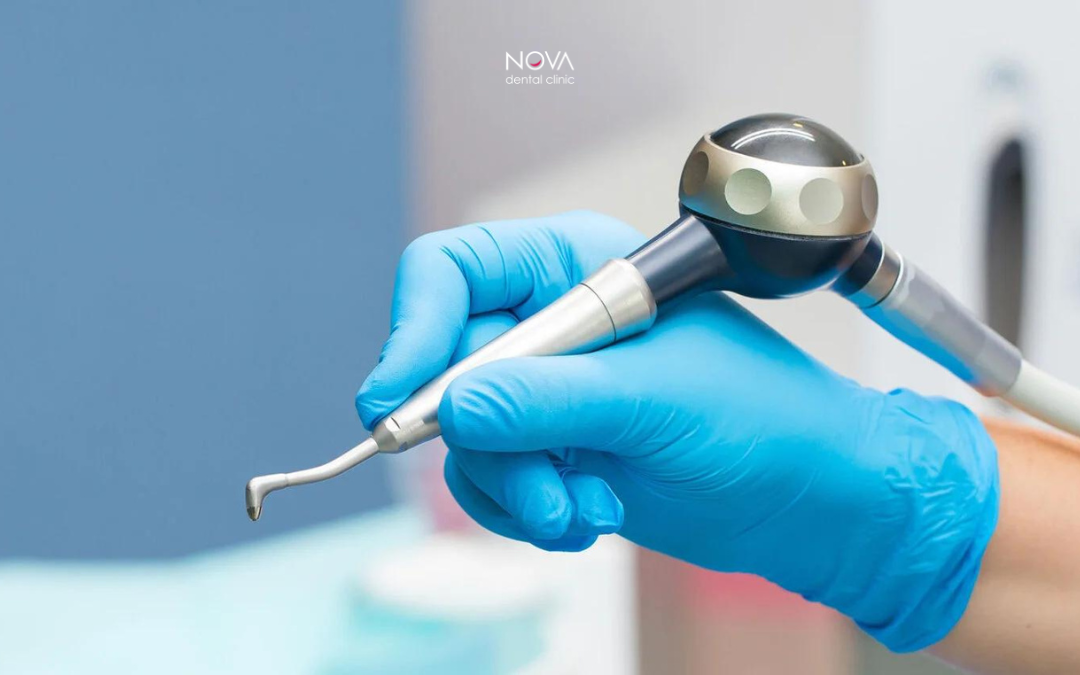
A significant portion of daily dental practice involves managing emergency situations. While modern dentistry places increasing emphasis on disease prevention, a large part of a general dentist’s workday is still dedicated to providing immediate relief and addressing patients’ pain. Dental emergencies require prompt intervention to alleviate pain, stop infections, or prevent complications that can sometimes be life-threatening.
Here are the most common dental emergencies:
- Abscess or Pus Accumulation in the Tissue
An abscess occurs due to an infection around the tooth (periapical abscess) or gums (periodontal abscess). This condition often involves severe pain, swelling, and sometimes fever. Treatment typically starts with draining the pus, which may involve opening the tooth, extracting it, or making an incision in the tissue. The primary goal is to prevent the infection from spreading further and compromising the patient’s overall health. Antibiotics are often prescribed alongside drainage. - Dental Trauma
Dental trauma includes fractures, luxations (tooth displacement), and avulsions (tooth being knocked out). Fully developed avulsed teeth can often be reinserted into the dental socket if brought to the dentist promptly. Quick action is essential to save the tooth. - Pulpitis or Inflammation of the Dental Nerve
Acute inflammation of the dental nerve, often described by patients as unbearable throbbing pain, is a common reason for emergency dental visits. The pain may be triggered by hot or cold stimuli or occur spontaneously, often worsening at night. If deep tooth decay has affected the pulp tissue, irreversible pulpitis occurs, requiring endodontic therapy (root canal treatment) to relieve the pain. - Pericoronitis or Inflammation Around a Tooth Crown
This condition typically affects partially erupted teeth, especially impacted wisdom teeth. Symptoms include pain, swelling, difficulty opening the mouth, and sometimes fever. Treatment involves cleaning and rinsing the inflamed area, administering antibiotics if an infection is present, and, in some cases, extracting the tooth. - Bleeding
Postoperative bleeding may occur after tooth extraction or other surgical procedures. If pressure cannot stop the bleeding, emergency intervention is needed, including suturing or applying hemostatic agents. For patients with prolonged bleeding due to medication or systemic conditions, referral to a hospital may be required for further care.
These situations demand accurate diagnosis, assessment, and immediate intervention to preserve oral health and alleviate symptoms. Given the acute nature of these conditions, prompt treatment should always be a priority. While providing first aid is critical, it’s important to remember that prevention is the best approach. Regular dental checkups every six months can significantly reduce the risk of such emergencies.
If you haven’t had a dental exam in the past six months, we encourage you to schedule an appointment with your dentist today!
4o











